
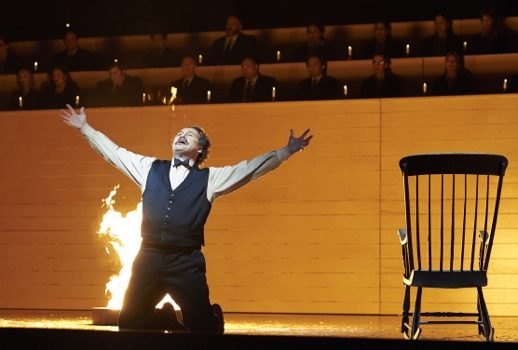
Since its premiere in 1967, the opera by composer Harry Somers and librettist Mavor Moore has remained central to Canadian opera, often called its greatest example. But despite its reputation, it has not been revived in 40 years.
The Canadian Opera Company production, in partnership with the National Arts Centre, and directed by Peter Hinton, is the company’s offering on the occasion of Canada’s sesquicentennial. With an all-Canadian cast and creative team, this production will be most people’s first introduction to an opera they’ve only heard about.
Riel was leader of the Métis people – a culturally distinct population descended from First Nations people and European settlers. The opera tells the story of Riel and his attempts to protect his people’s rights and heritage in the face of the westerly mobile nation of Canada.
The main tension of the story is the struggle and negotiations between Riel’s provisional government and John A. Macdonald, Canada’s first prime minister, played by baritone James Westman. Riel’s proxy is the Bishop Taché, portrayed by bass Alain Coulombe. Ultimately, Riel is tried and hanged for treason, the opera concluding famously with the line: “The God-damn son-of-a-bitch is dead”.
Somers employs a mostly atonal musical language, with the orchestral writing often atmospheric and relying heavily on percussion. This style is effective in setting the tone for individual scenes, and tensions in crowd scenes are expertly expressed. But aside from the effective moods it creates, the orchestral writing is not terribly distinctive or memorable.
The vocal writing is eclectic and calculated. The scenes in Ontario, in which the fate of the Métis people are negotiated, mostly deploy spoken dialogue and Sprechstimme, while the scenes involving heightened emotion are given lyrical expression. The lyrical passages are mostly atonal while relying heavily on folk-tinged melody. Moments of strong sentiment are given lyric flight while fight scenes and political discourse are declamatory.
Russell Braun’s compact, richly coloured baritone is well suited to the title role’s monologues which are vocally exposed, with minimal accompaniment. His first such monologue, at the conclusion of the first act, is rivetingly delivered. And Braun gives a moving, powerful portrayal, giving life to both the character’s internal conflicts and his poetic powers of inspiration when among his people.
As Bishop Taché, Coulombe displays an impressively cavernous bass as he pleads for Riel in his scenes with the prime minister. Though a prominent role, John A. Macdonald is given a sleazy characterization in this opera. Westman gives a solid effort to what might be described as an ungrateful role – one which gives him few opportunities to fully sing out with his robust baritone.
Other notable performances are given by Allyson McHardy, who uses her dark-coloured lyric mezzo movingly as Riel’s mother, and Simone Osborne as his wife, whose bright soprano rings out clearly in the lullaby she sings in the third act. Tenor Michael Colvin gives a vivid performance as the abrasive Thomas Scott, whose execution by Riel’s command sets much of the action in motion.
Though the opera tells the story of a First Nations people, it does so mainly through a lens of conflict between English-speaking Protestants and French-speaking Catholics. This production attempts to give a larger role to the Métis people by employing a silent chorus made up of Métis artists. They observe and interact with the story through the opera.
Additionally, songs and speeches have been added to the piece, delivered by singer-actor Jani Lauzon. By portraying the combination of multiple small roles, she achieves a shaman-like presence in the production – a conscience observing the action.
The sets are mostly bare, with two rows of raised seating at the back of the stage. These seats are occupied by various members of the chorus. In the court scenes of the final act, they seat the judge, jury, and court audience.
The costumes are wide-ranging. The chorus wears modern dress. The Métis silent chorus is also in modern dress but notably all in red for the first two acts, and in black for the third. Most of the characters in the story are given traditional costumes. But costume designer Gillian Gallow has made the curious choice to give stylized costumes to the men who wield the power and in whose hand Riel’s fate lies.
Macdonald is given a bizarre, all-red plaid suit, which is only outdone by the all-blue plaid suit given to the character of George-Etienne Cartier (tenor Jean-Phillipe Fortier-Lazure), whose styling makes him look more like Zoolander than the co-premier of Ontario. There is also the character of Donald Smith (tenor Aaron Sheppard) who wears a suit made of the iconic Hudson’s Bay blanket.
Hinton’s direction is most effective in crowd scenes, in which he juggles multiple characters with the additional interaction of his silent chorus. Intimate scenes take place in bare, austere settings, which serve to juxtapose the characters’ struggles with the vastness of the young country’s landscape.
Music Director Johannes Debus gets tight playing from the COC Orchestra, with particular kudos to the virtuoso percussion section and pianist Stephen Hargreaves.
This highly anticipated production ultimately tells a powerful story, with an admirable ensemble effort from the entire company. The opera itself is well worth seeing and hearing, but its vaunted status as arguably the greatest Canadian opera is vulnerable to challenge by musically superior work.
Photo: Sophie I’anson.
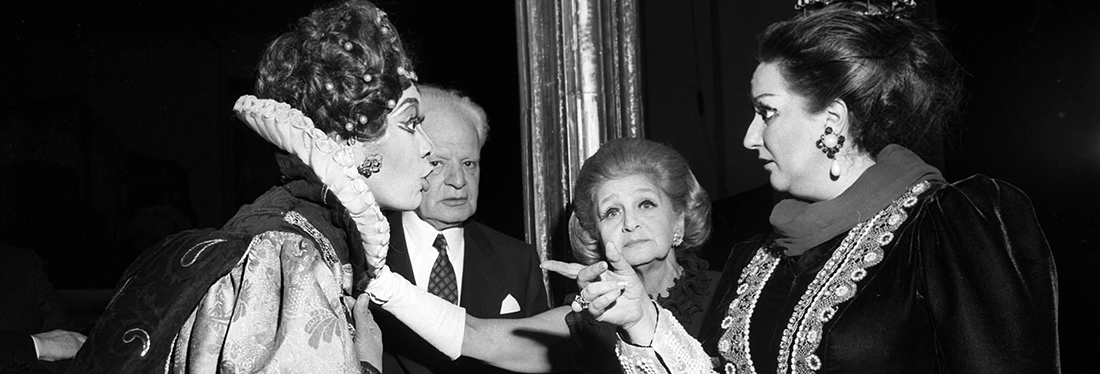
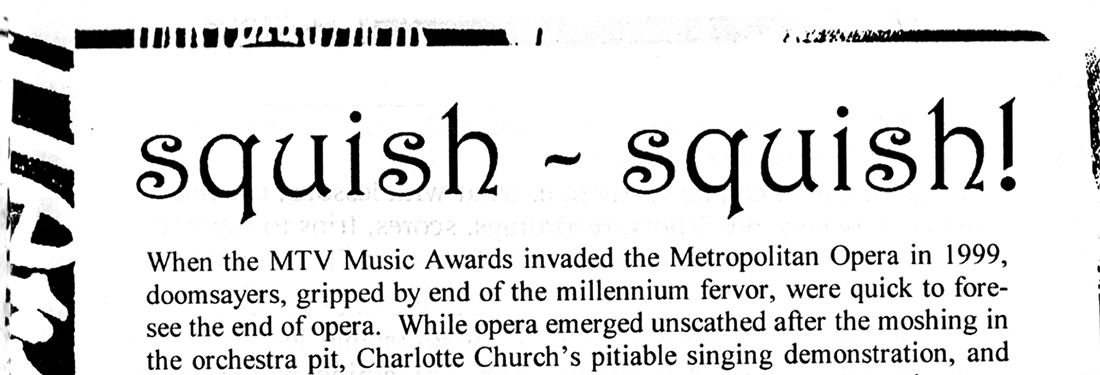
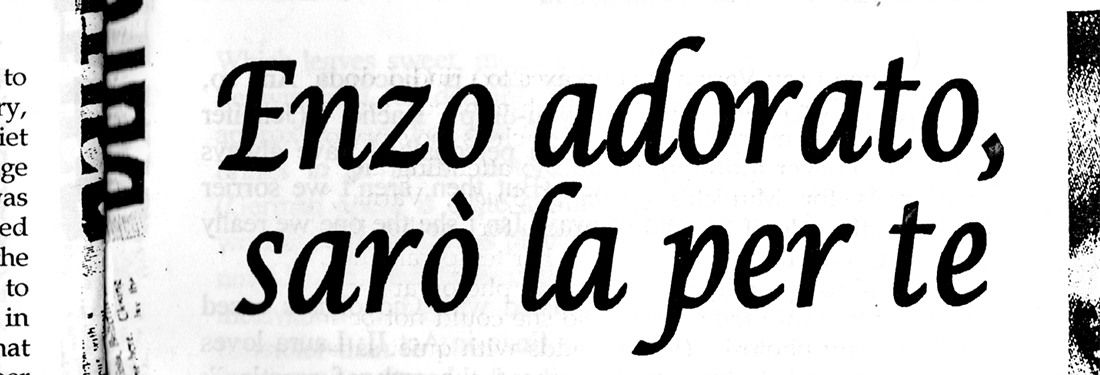
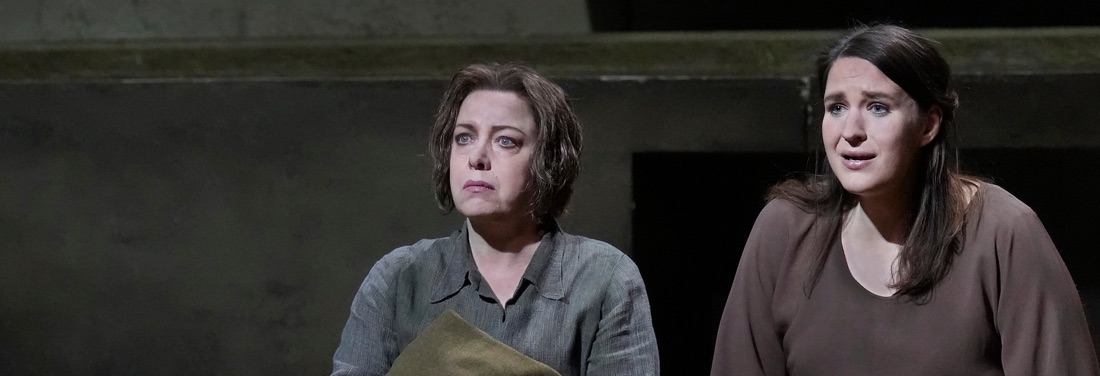
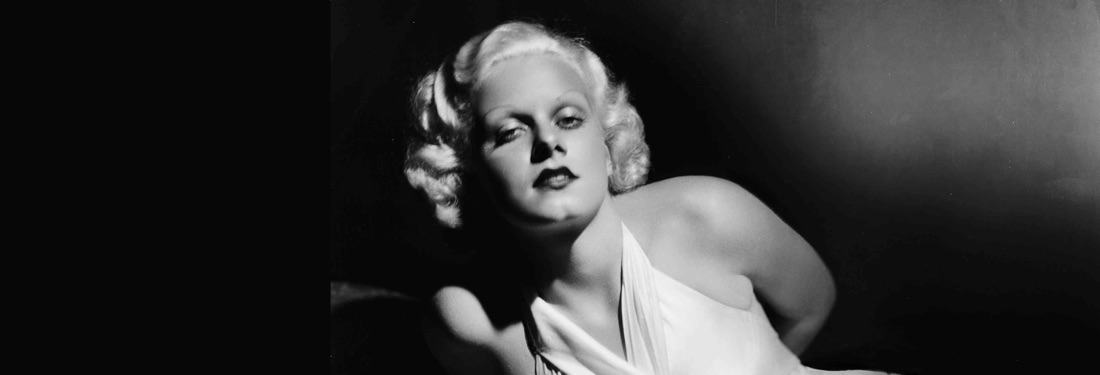

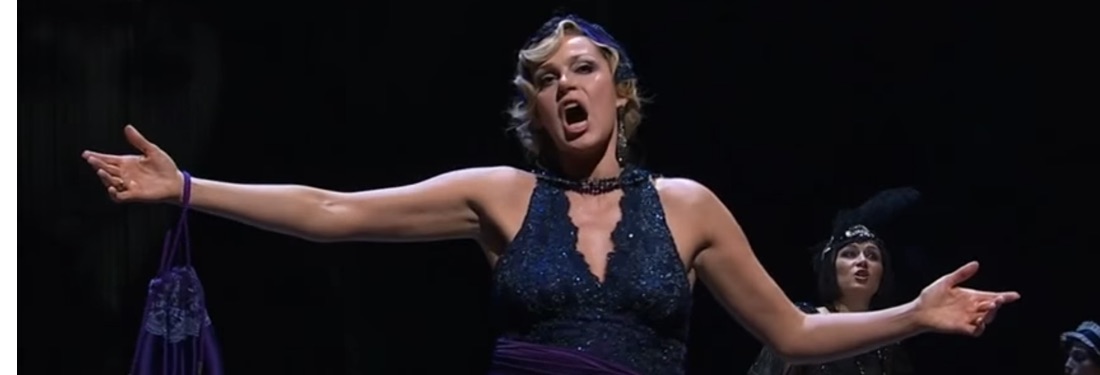
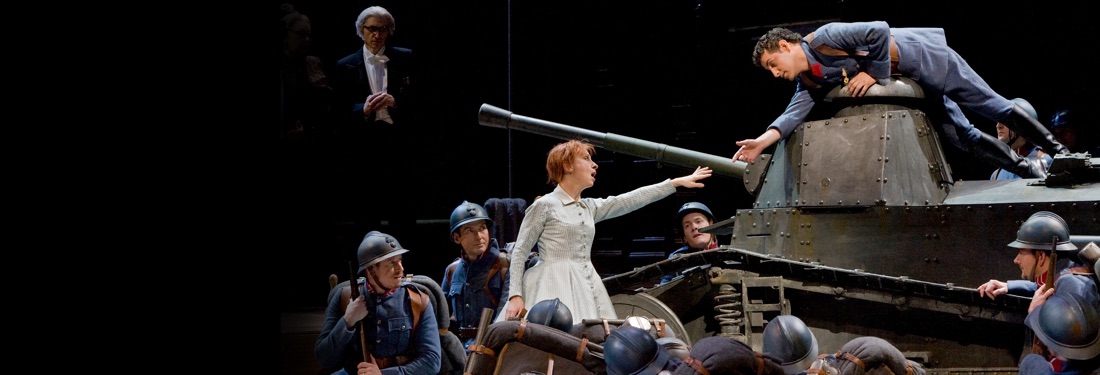
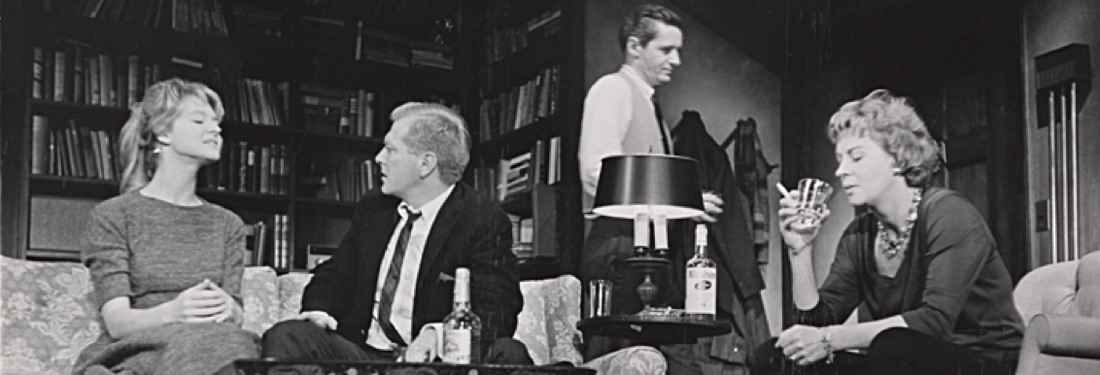
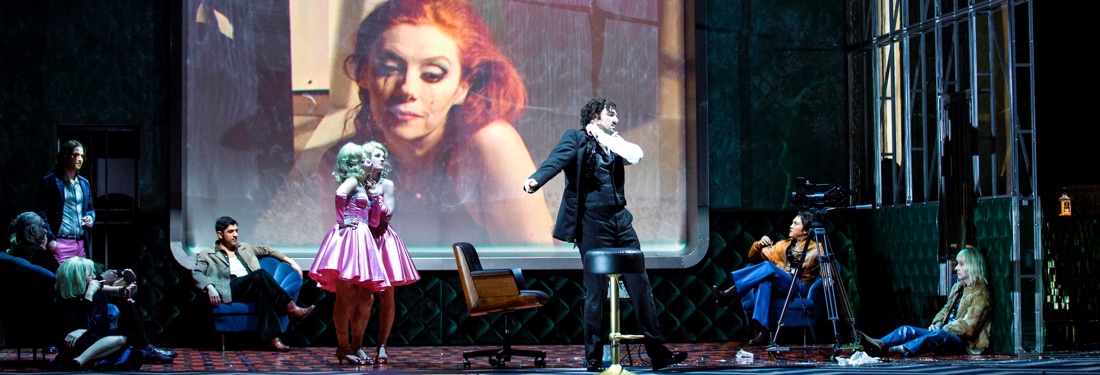
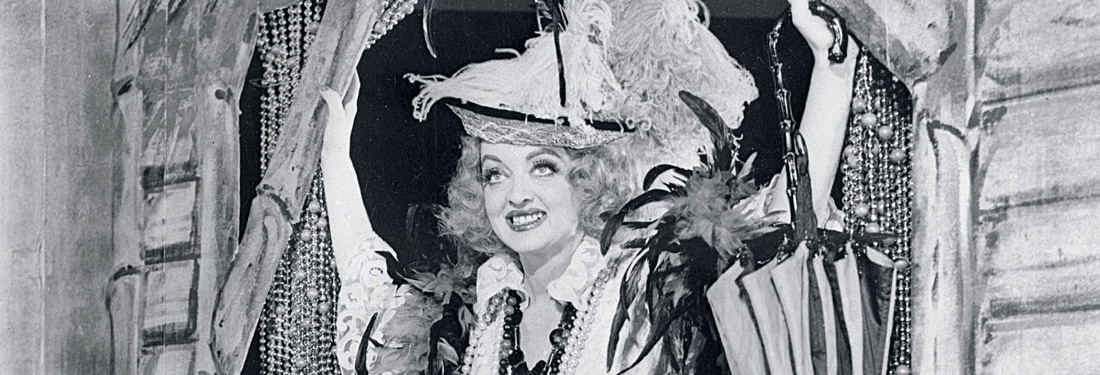
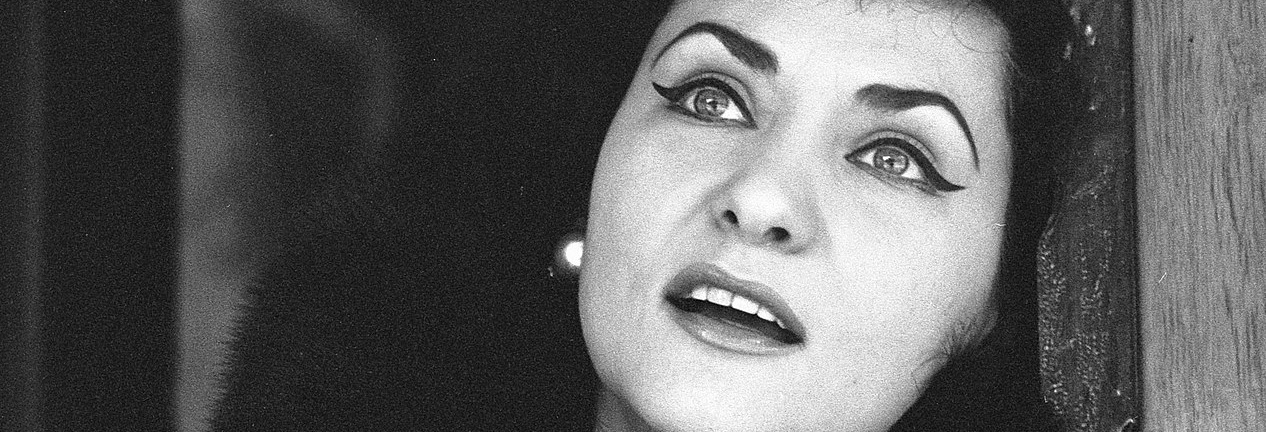
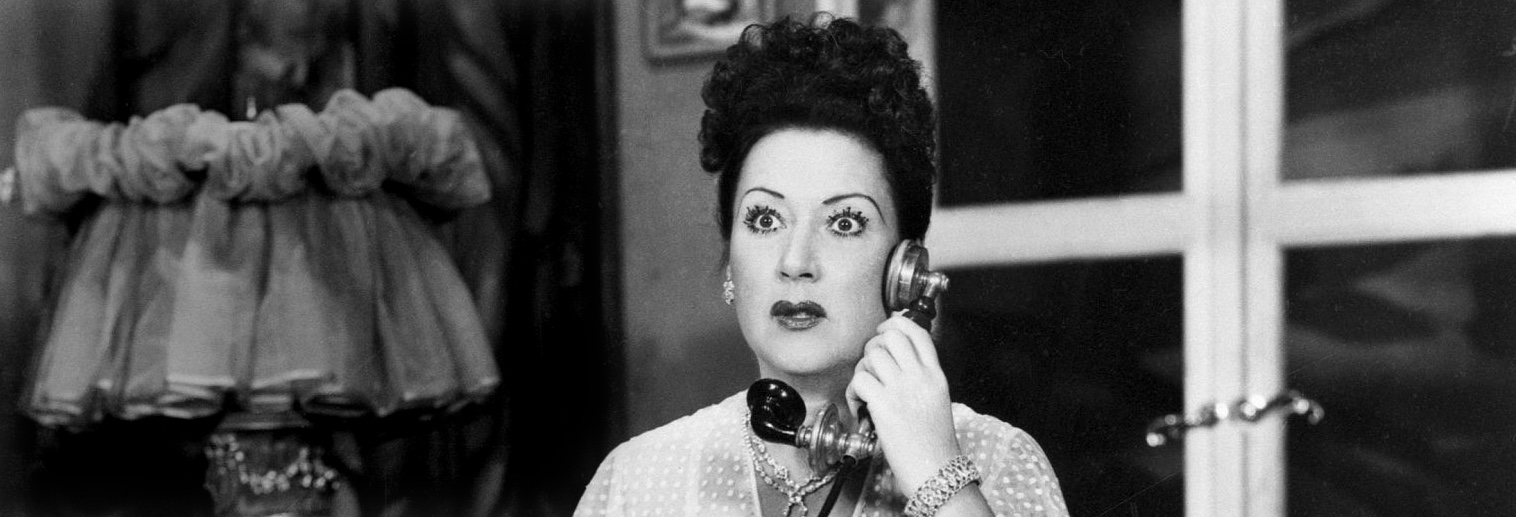
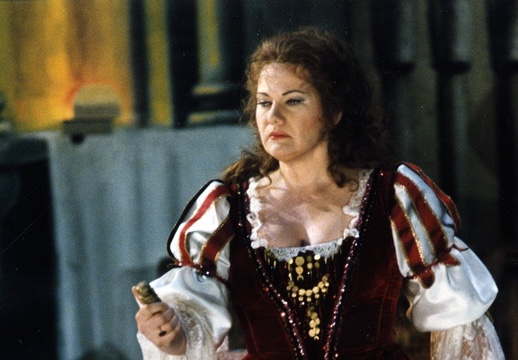

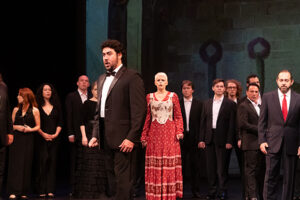
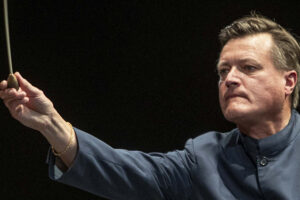
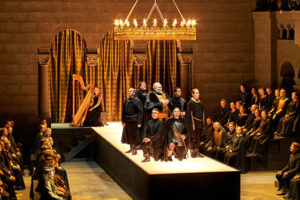
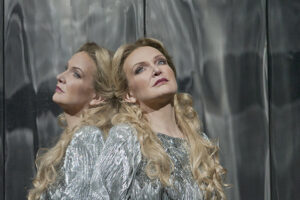






Comments